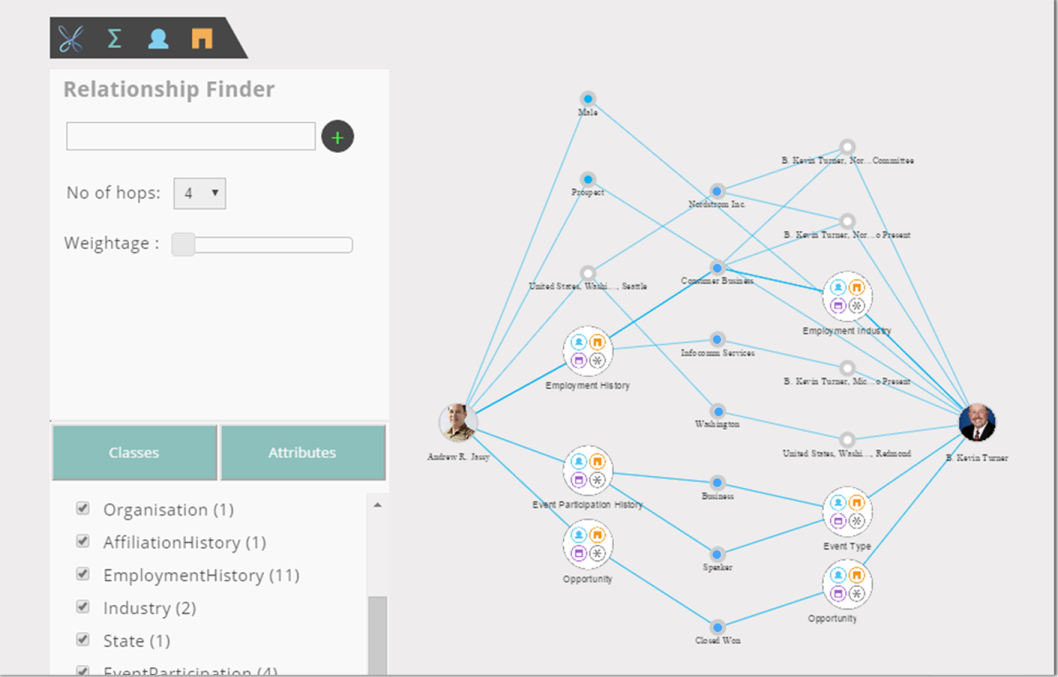Who Needs a Data Analyst?
The world is awash with data and organisations are struggling to cope with how to deal with it. They know there is value in their data and there seems to be an abundance of big data initiatives and data management solutions to enable organisations to utilise their data better. But how effective are those programs?
The real value in data comes from being able to gain meaningful insights which drive better business decision-making. In order to unlock those insights, the majority of organisations are investing in data warehousing, reporting, dash-boarding, and Business Intelligence tools at a rate not previously seen. The outputs of many of those tools is a complex web of interrelated data reflecting historical transactional activity, albeit often presented in a manner that can be visually appealing.

However, the complexity of the data in terms of being able to extrapolate future patterns with any degree of confidence has necessitated specialist skills in the areas of data analytics and data science. As a consequence, the demand for data analysts has grown substantially these last 5 years and has created new senior management roles such as Chief Data Scientist. These specialists apply their skills and using complex mathematical techniques, derive predictive behaviour on a probabilistic basis to determine what an organisation needs to do to enact or respond to future behaviour for their company’s benefit.
How successful this approach has been is debatable. Although organisations have certainly gained a better appreciation of how their business has performed, at a more granular level, the connections to genuine insights that unlock better decision-making remains elusive. Despite the obvious skills of data scientists, they are not the business users whose roles drive the daily decisions and processes that underlie efficiency and effectiveness. Furthermore, the predictive analytics outcomes are based on probabilities only, as the meaning behind customer behaviour for example, can only be assumed.
If we could provide insights from big data directly into the hands of business users, would this provide greater opportunity for better decision-making? To achieve this, business users will need information that is easy to understand and from which meaning can be attributed to data interactions. Generally, these requirements are difficult to meet when the data is presented in tables and graphs, no matter how much it can be sliced and diced. Custom data visualisation may be able to address general usability by business users but a key challenge remains: how do we know what we don’t know?
With standard reporting and BI tools, you can only get information for things that are already pre-defined. So if you wanted to ask a question that does not have a report already defined, a data administrator would have to build one. Furthermore, the introduction of extra data points that enter the database will not be surfaced to users with reports and dashboards unless it is re-configured to do so. Secondly, there is the issue of answers to questions that you did not think of asking. Also known as the “You don’t know what you don’t know” challenge, it is the bane of search or business intelligence based solutions because without the user defined search query or action, there will be no answers.
However, with a semantic processing solution such as Ulysses, the proactive relationship finder and data discovery capability delivers proactive insights highlighting hidden connections and relationships. This means that business users are free to explore data from different perspectives without being tied to a dashboard or a report. The data output is also in a very user friendly, linked and nodal form allowing easy drill-down on any specific attribute.

The Relationship Finder in Ulysses Allows Key Decision Makers To Recognise Shortfalls And Quickly Develop Improvement Strategies
So who needs a data analyst?
